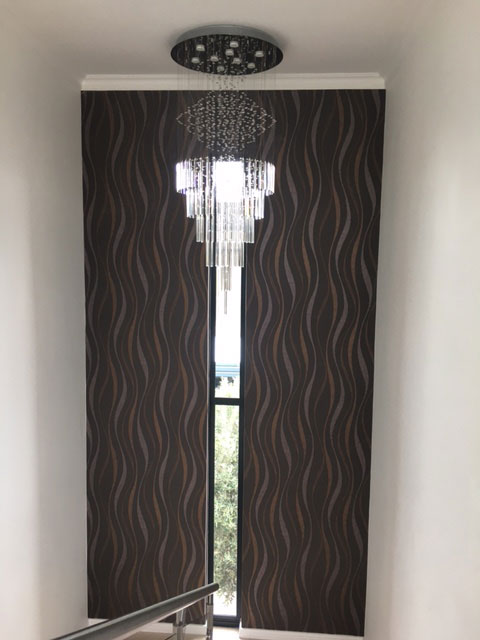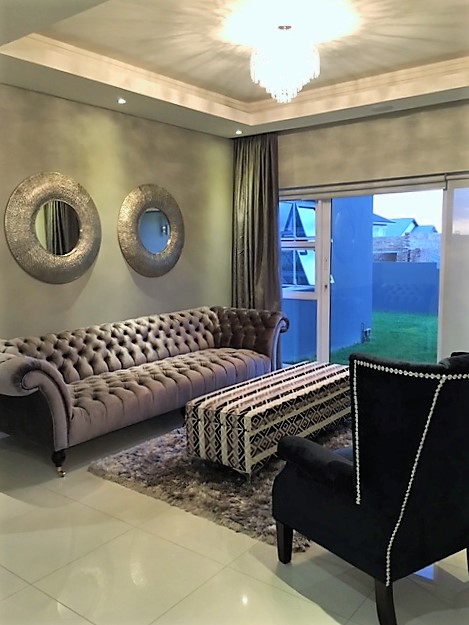“7 Elements of Interior Design”
The importance of Lines in Interior Design
In this article we’re talking about the importance of lines in interior design. Horizontal, vertical, curved, and diagonal lines and how they affect how you see a space. Lines can be created in a space by using structural features, applied finishes, and even lighting.
The style of furniture, architectural components, and accessories in a room is defined by the use of line in interior design.
Lines can also be used to generate movement. You may feel as if you are moving ahead into a space when lines fade from perspective. A design that consists solely of vertical or horizontal lines may appear static. Pattern, texture, and architectural detailing are all great ways to experiment with line in a space.
In interior design lines can be used in many different ways:
Soften a space
Curves add a more feminine feel to a space. When a space feels heavy it is often because only horizontal and vertical lines have been used. By adding curved lines through the correct use of furniture, accessories, fabrics & carpeting or rugs you can bring balance to the space.
Visually change the size of a space.
Small things like how you place your tiles on the floor can affect the appearance of the space. Running tiles lengthways will make a room look longer, whereas if you place the tile running side to side the room will look shorter but feel wider.
Create Patterns & Geometric Designs
Lines define patterns. Patterns can be created with tiles, fabric, architecture & so much more. Geometric patterns can give a bland modern environment a much-needed spark.
Line is a simple but important design feature in interior design.
Here is another great article on using line in interior design.
Did you read our article on Making the most out of your space?


